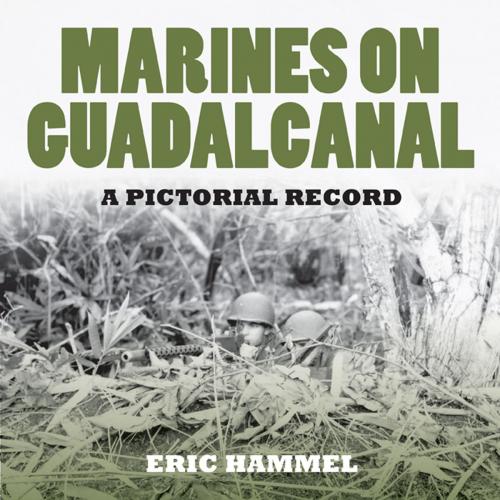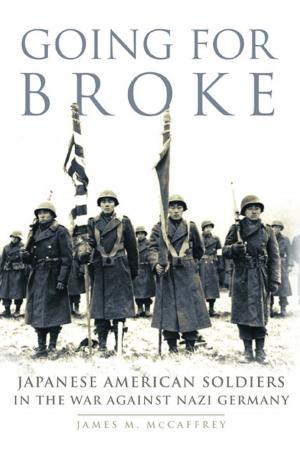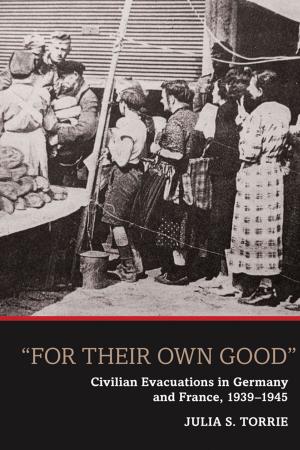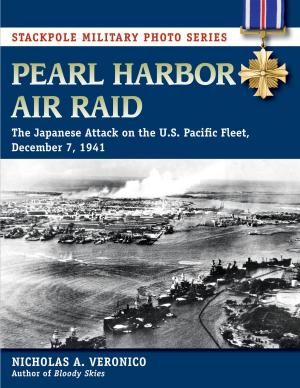| Author: | Eric Hammel | ISBN: | 9781890988593 |
| Publisher: | Pacifica Military History | Publication: | March 20, 2013 |
| Imprint: | Pacifica Military History | Language: | English |
| Author: | Eric Hammel |
| ISBN: | 9781890988593 |
| Publisher: | Pacifica Military History |
| Publication: | March 20, 2013 |
| Imprint: | Pacifica Military History |
| Language: | English |
The six-month Guadalcanal campaign was the longest and most complicated operation U.S. Marines faced in the Pacific War. In July 1942, when it was discovered that the Japanese were building a bomber base on the island, the 1st Marine Division was the only Allied force available to respond to the threat. Although the airfield was seized without a fight after the Marines landed on August 7,1942, a Japanese naval attack the following night drove off the supporting U.S. Navy forces before the transports finished unloading supplies.
Sixteen thousand Marines were on their own, without naval or air support. They had a limited food supply and munitions sufficient for just four days of heavy fighting; the Japanese, however, were able to land fresh troops and supplies from Rabaul, their main regional base, six hundred miles to the northwest. The Marines were repeatedly on the verge of being overrun, and it was not until mid-November that the Americans turned the tide. After being relieved by U.S. Army forces in December, many Marines were too weak to climb the cargo nets to reach the decks of the troop transports that would take them to Australia.
The Guadalcanal campaign began with the weapons and tactics of 1918 combat in France and ended with the tactics that would sweep aside the Japanese defenders of formidable island bases all across the Pacific. Guadalcanal served as a test bed for the leaders, weapons, and techniques that brought the United States to total victory in the Pacific in World War II. This volume of remarkable photographs (many never before published), coupled with Hammel’s expert analysis, is a tribute to the men who sacrificed so much in winning this vital steppingstone on the path to victory over Japan. ipping photographs taken by U.S. Marine Corps combat photographers, veteran military historian Eric Hammel provides an engrossing pictorial account of the final Marine Corps island conquest of World War II.
The six-month Guadalcanal campaign was the longest and most complicated operation U.S. Marines faced in the Pacific War. In July 1942, when it was discovered that the Japanese were building a bomber base on the island, the 1st Marine Division was the only Allied force available to respond to the threat. Although the airfield was seized without a fight after the Marines landed on August 7,1942, a Japanese naval attack the following night drove off the supporting U.S. Navy forces before the transports finished unloading supplies.
Sixteen thousand Marines were on their own, without naval or air support. They had a limited food supply and munitions sufficient for just four days of heavy fighting; the Japanese, however, were able to land fresh troops and supplies from Rabaul, their main regional base, six hundred miles to the northwest. The Marines were repeatedly on the verge of being overrun, and it was not until mid-November that the Americans turned the tide. After being relieved by U.S. Army forces in December, many Marines were too weak to climb the cargo nets to reach the decks of the troop transports that would take them to Australia.
The Guadalcanal campaign began with the weapons and tactics of 1918 combat in France and ended with the tactics that would sweep aside the Japanese defenders of formidable island bases all across the Pacific. Guadalcanal served as a test bed for the leaders, weapons, and techniques that brought the United States to total victory in the Pacific in World War II. This volume of remarkable photographs (many never before published), coupled with Hammel’s expert analysis, is a tribute to the men who sacrificed so much in winning this vital steppingstone on the path to victory over Japan. ipping photographs taken by U.S. Marine Corps combat photographers, veteran military historian Eric Hammel provides an engrossing pictorial account of the final Marine Corps island conquest of World War II.















